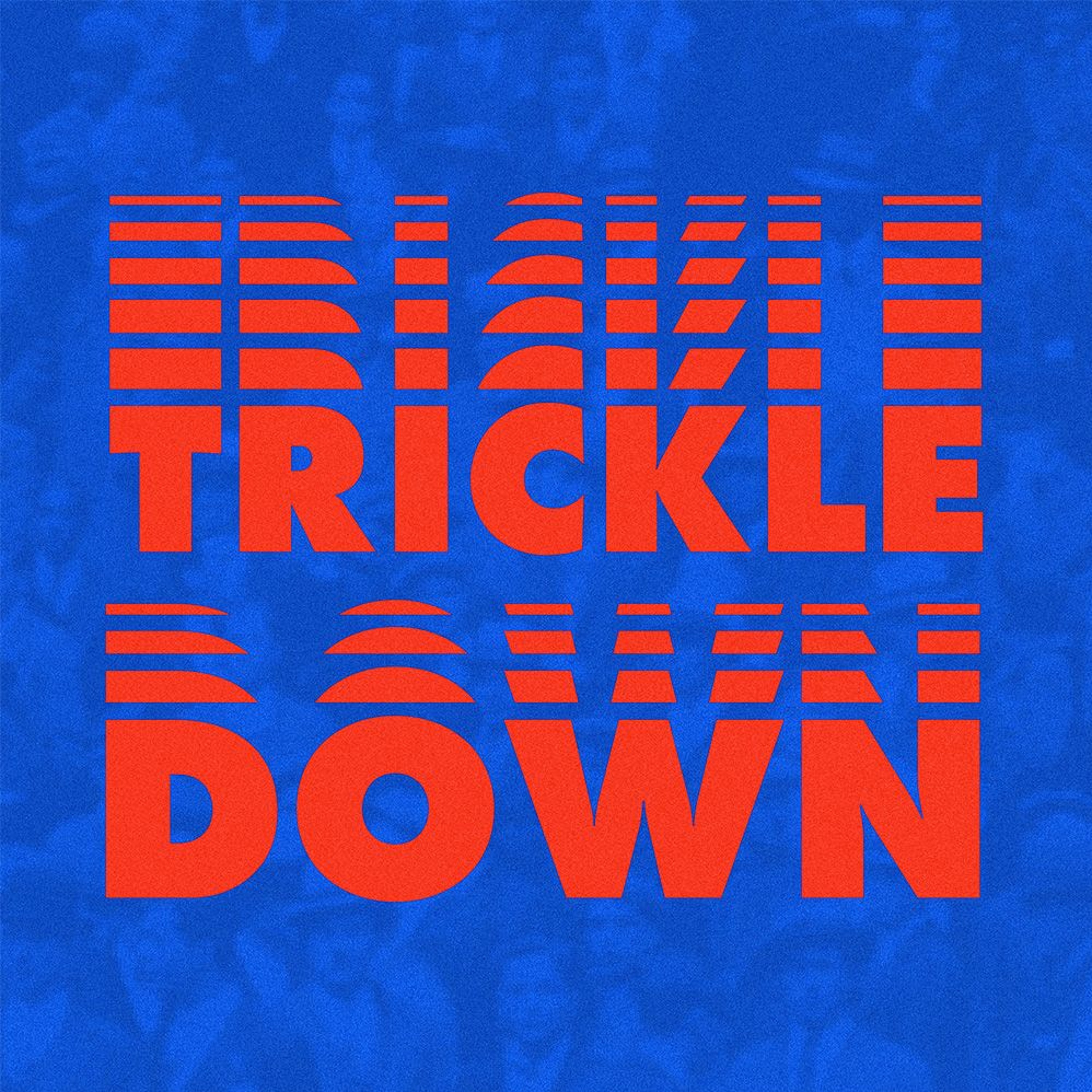
Trickle Down Episode 13: Educational Fashions (Sample)
 2023-12-31
2023-12-31
Download
Right click and do "save link as"
The root concept of “learning styles” is based on a simple and intuitive idea: different people most successfully learn through different means. Or maybe they best learn through different sensory or emotional inputs. Possibly because people with differing brains make them more receptive to certain ways of knowing and absorbing information. Some people managed to take this intuitive idea and build massively successful careers for decades. Students were labeled “Visual,” “Aural,” or “Kinesthetic” learners.
The problem, as researchers discovered in the ‘00s, is that there’s no good evidence to suggest that any of the “learning styles” models popular with teachers actually improved educational outcomes. But that did little to slow the popularity of learning styles — or the mini industry built up around them.
References
McLaughlin, Dorene Casey EdD, "An Evaluation Case Study of the Effects of a Learning Style Awareness Program for Ninth Graders at an Independent School" (1996). Dissertations. 617. https://digital.sandiego.edu/dissertations/617
Furey, William, “The Stubborn Myth of Learning Styles” (2023)
https://www.educationnext.org/stubborn-myth-learning-styles-state-teacher-license-prep-materials-debunked-theory/
Pashler, H., McDaniel, M., Rohrer, D., & Bjork, R. (2008). Learning Styles: Concepts and Evidence. Psychological Science in the Public Interest, 9(3), 105-119. https://doi.org/10.1111/j.1539-6053.2009.01038.x
Sun X, Norton O, Nancekivell SE. Beware the myth: learning styles affect parents', children's, and teachers' thinking about children's academic potential. NPJ Sci Learn.
2023 Oct 17;8(1):46. doi: 10.1038/s41539-023-00190-x. PMID: 37848467; PMCID: PMC10582039.
https://pubmed.ncbi.nlm.nih.gov/37848467/
Coffield, F. (2004). Learning Styles and Pedagogy in Post-16 Learning: a Systematic and Critical Review. LSRC Reference, Learning & Skills Research Center, London.
https://www.leerbeleving.nl/wp-content/uploads/2011/09/learning-styles.pdf
Cassidy, Simon (2004) Learning Styles: An overview of theories, models, and measures, Educational Psychology, 24:4, 419-444, DOI: 10.1080/0144341042000228834
https://doi.org/10.1080/0144341042000228834
Rogowsky, Beth A., et al. “Matching Learning Style to Instructional Method: Effects on Comprehension.” Journal of Educational Psychology, vol. 107, no. 1, 2015, pp. 64–78., doi:10.1037/a0037478.
“Belief in Learning Styles Myth May Be Detrimental.” PsycEXTRA Dataset, 2019, doi:10.1037/e504772019-001.
Fleming, N., and Baume, D. (2006) “Learning Styles Again: VARKing up the right tree!”, Educational Developments, SEDA Ltd, Issue 7.4, Nov. 2006, p4-7.
Knoll, Abby R., et al. “Learning Style, Judgements of Learning, and Learning of Verbal and Visual Information.” British Journal of Psychology, vol. 108, no. 3, 2016, pp. 544–563., doi:10.1111/bjop.12214.
Nancekivell, Shaylene E., et al. “Maybe They’Re Born with It, or Maybe It’s Experience: Toward a Deeper Understanding of the Learning Style Myth.” Journal of Educational Psychology, vol. 112, no. 2, 2020, pp. 221–235., doi:10.1037/edu0000366.
Hyman, Ronald & Rosoff, Barbara (1984) Matching learning and teaching styles: The jug and what's in it, Theory Into Practice, 23:1, 35-43, DOI:
10.1080/00405848409543087
https://doi.org/10.1080/00405848409543087
Learning Styles Network Resources Brochure
https://web.archive.org/web/20050527165802fw_/http://www.learningstyles.net/2004/resource_brochure/resource_brochure.pdf
view more
More Episodes
Madison Square Garbage (E300)
 2024-11-02
2024-11-02
 2024-11-02
2024-11-02
Everyone Hates Fact Checkers (E299)
 2024-10-27
2024-10-27
 2024-10-27
2024-10-27
RadCath Apocalypse (Premium E264) Sample
 2024-10-22
2024-10-22
 2024-10-22
2024-10-22
It Unfortunately Happens On X (E298)
 2024-10-18
2024-10-18
 2024-10-18
2024-10-18
Storms Upon Us (Premium E263) Sample
 2024-10-14
2024-10-14
 2024-10-14
2024-10-14
Tina Peters, The Tesla CEO, and Trump (E297)
 2024-10-12
2024-10-12
 2024-10-12
2024-10-12
Right Wing Cheaters (PE262) Sample
 2024-10-04
2024-10-04
 2024-10-04
2024-10-04
Grant Morrison & Chaos Magick (E296)
 2024-09-29
2024-09-29
 2024-09-29
2024-09-29
Racist Migrant Voodoo Panic (E294)
 2024-09-13
2024-09-13
 2024-09-13
2024-09-13
Jake’s Takes Volume 4 (Premium E259) Sample
 2024-09-10
2024-09-10
 2024-09-10
2024-09-10
The AF/91 Virus Hoax (E293)
 2024-09-07
2024-09-07
 2024-09-07
2024-09-07
Come Out In Jesus Name (Premium E258) Sample
 2024-09-01
2024-09-01
 2024-09-01
2024-09-01
Conspiracy Cop (Premium E257) Sample
 2024-08-27
2024-08-27
 2024-08-27
2024-08-27
The Protocols Are So Back (E291)
 2024-08-24
2024-08-24
 2024-08-24
2024-08-24
012345678910111213141516171819
Create your
podcast in
minutes
- Full-featured podcast site
- Unlimited storage and bandwidth
- Comprehensive podcast stats
- Distribute to Apple Podcasts, Spotify, and more
- Make money with your podcast
It is Free
- Privacy Policy
- Cookie Policy
- Terms of Use
- Consent Preferences
- Copyright © 2015-2024 Podbean.com





